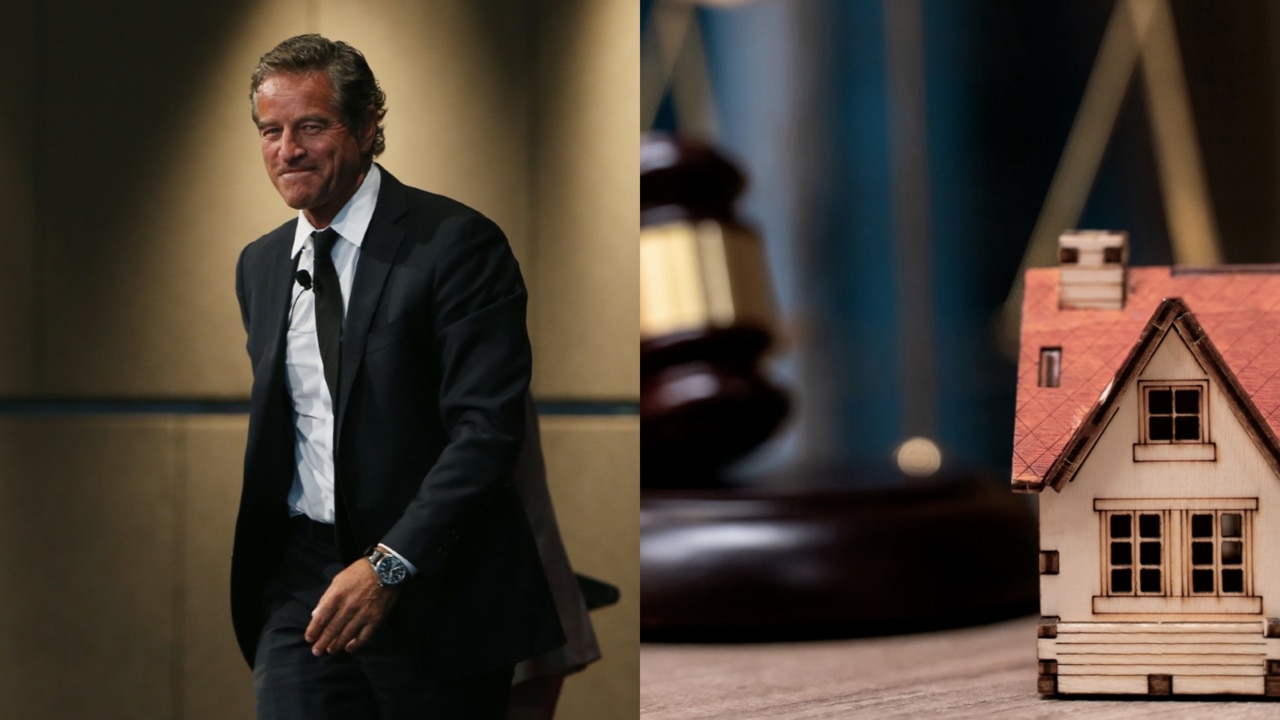Mortgage interest rates: fixed versus variable not so simple
Mortgage interest rates have sent borrowers on a crazy roller coaster ride, and some are now at the scariest part. Do fixed rates have a future?

Right now, thousands of Australians with home loans are watching their finances fall off a cliff.
The fixed-rate mortgages they took out two or three years ago at ultra-low rates are expiring and reverting to variable-rate loans often 4 percentage points higher.
For many people that’s a repayment increase of more than 50 per cent in one painful smash – no wonder experts are calling it the mortgage cliff.
It’s one of the key reasons the Reserve Bank kept its official interest rate on hold this month, while it waits to see the impact of its previous dozen rate rises since May 2022.
There has been a dramatic fall in popularity in fixed-rate mortgages.
A freaky chart landed in my inbox last week from the clever team at RateCity. Its analysis of Australian Bureau of Statistics data shows the proportions of fixed and variable rate mortgages since before the pandemic started in 2020 – and it looks like an epic rise-and-fall story.
Before everything went crazy in March 2020, fewer than 15 per cent of new Aussie mortgages were on fixed-rate loans, and about 85 per cent variable.

Between then and mid-2021, thanks to ultra-low fixed rates, that difference narrowed to about 45-55 per cent but from late 2021, fixed rates fell out of favour again and now represent about 5 per cent of new lending while variable-rate loans comprise 95 per cent.
A big reason people are staying away from fixed is that lenders keep lifting their rates, most recently on fears of more official interest rate rises in Australia and overseas.
While the lowest variable rates on the market are below 6 per cent, most fixed-rate products are higher than that, and among the big four 5.99 per cent is the best you will get for any fixed term up to five years. Their average is closer to 6.3 per cent.
However, it may not be a bad strategy to fix a home loan rate now – especially if central banks fail to get inflation under control and interest rates spiral even higher.
Fixing offers certainty of repayments, as long as you don’t get too annoyed if official interest rates and variable rates suddenly drop and you are left paying more than you otherwise would.
So the big question: should you go against the trend and fix now?
It will depend on your personal circumstances. If you are paying a variable rate around 6 per cent and fixed rates are around 6 per cent, and you can’t afford two or three more 0.25 percentage point rate rises from the Reserve Bank and lenders, maybe you should.
Fixed-rate loans lack flexibility, and if you try to break out of one because you need to sell and interest rates drop quickly between now and then, you could be slugged with hefty break fees.
I personally don’t plan to fix now – I’ve been burnt before by locking in high then watching variable rates sink fast.
However, for many borrowers, it is certainly something to consider.
More Coverage
Originally published as Mortgage interest rates: fixed versus variable not so simple





